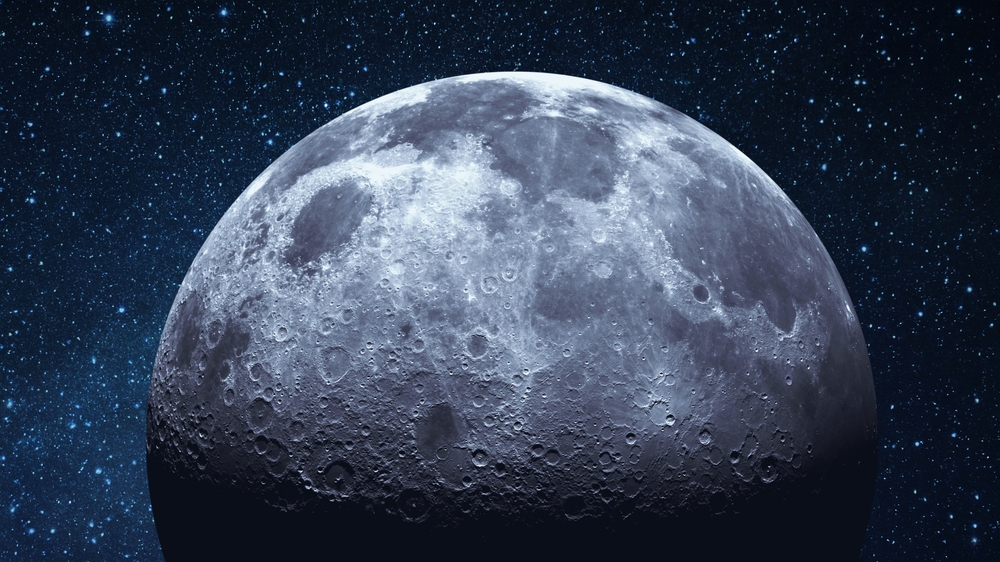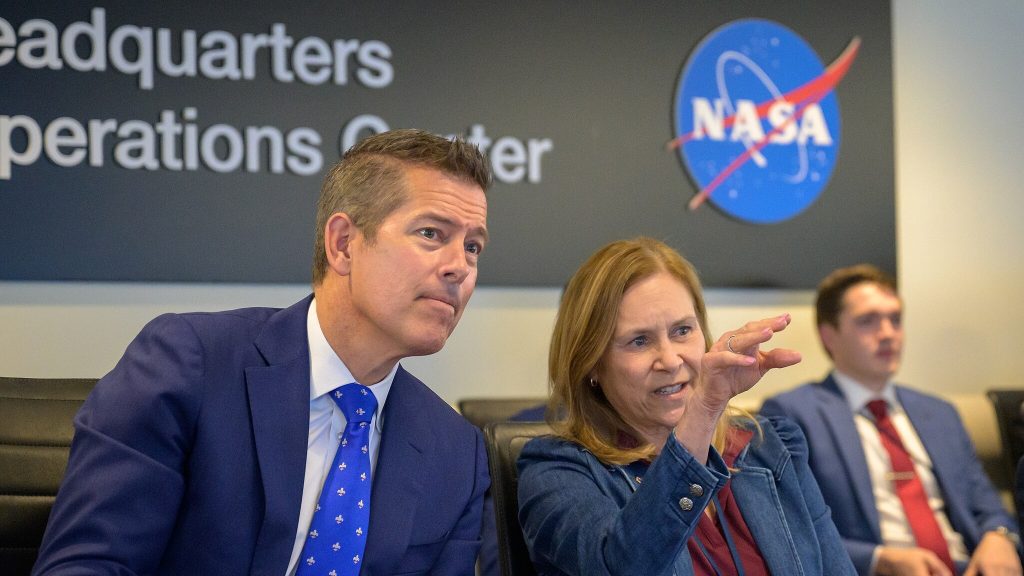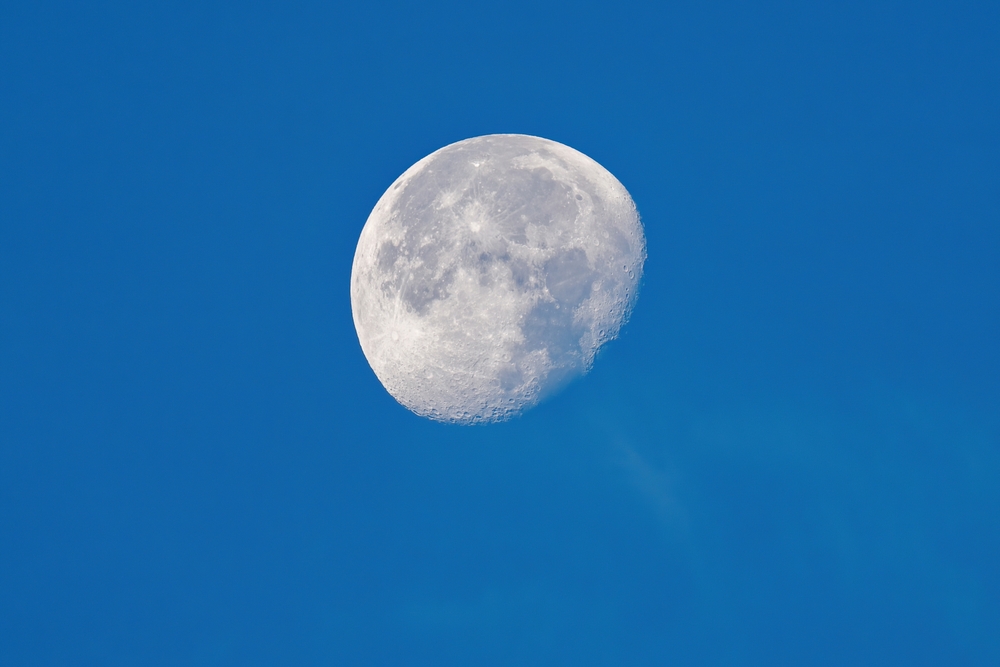NASA’s Strategy for Sustainable Lunar Living
Others are reading now
NASA’s Strategy for Sustainable Lunar Living
Powering the Next Lunar Era

Humanity’s next leap beyond Earth depends on energy that doesn’t fade with the sun. Solar power, though vital, cannot sustain explorers through the long lunar nights that stretch for weeks.
To thrive on the Moon—and eventually reach Mars—NASA is preparing to turn to nuclear power. A compact fission reactor could transform the lunar surface from a destination into a permanent outpost, fueling science, survival, and the next generation of space exploration.
A Bold Vision for 2030

According to Space.com, acting NASA Administrator Sean Duffy announced on August 5, 2025, plans to build and deploy a nuclear fission reactor on the Moon by 2030.
The system would provide constant energy for a future U.S.-led lunar base and help the nation secure a foothold before China’s planned crewed landing the same year.
Also read
Beyond geopolitics, the plan has scientific urgency: nuclear power can sustain operations during the two-week lunar night, enable resource extraction and fuel production, and eventually support deep-space missions to Mars, where sunlight is far weaker.
Choosing the Right Place

As reported by Space.com, one of NASA’s greatest challenges is determining where to place the reactor.
To maximize efficiency, it must sit near permanently shadowed regions at the lunar poles, where deposits of water ice could be mined for oxygen,hydrogen.
The Artemis campaign already targets the south pole for this reason. Data from six lunar orbiters provide promising leads, but ground verification is needed. NASA’s VIPER rover, already tested and awaiting launch, will investigate these “hot prospect” zones to pinpoint accessible and refinable ice—data that could arrive within the next few years.
Protecting the Reactor from Lunar Dust

Space.com notes that once an optimal site is chosen, NASA must protect the reactor from lunar regolith — the loose dust and rock that spacecraft exhaust can hurl across the surface.
Also read
During Apollo 12, landing near Surveyor 3 caused noticeable corrosion on the probe’s exposed surfaces.
Future Artemis landers will be much larger, generating even stronger dust plumes. To avoid damage, engineers may position the reactor behind boulders or beyond the horizon, roughly 2.4 kilometers away. Eventually, a custom-built landing pad, powered by the reactor itself, will be essential for long-term operations.
What We’ve Learned

NASA’s plan to deploy a nuclear reactor on the Moon merges innovation, practicality, and long-term vision. Its success depends on selecting a safe, resource-rich location and designing protective systems for future missions.
This initiative will not only shape lunar exploration but also lay the foundation for human survival deeper in space. Each advancement on the Moon becomes a rehearsal for the day when humanity establishes power far beyond its home planet.
Lighting the Lunar Frontier

For decades, sunlight has symbolized exploration. Now, a new kind of light — steady and atomic — may define humanity’s next era in space.
Also read
The fission reactor embodies endurance and independence: the power to live, build, and dream beyond Earth. With care and collaboration, NASA’s vision could turn the Moon into the launchpad for a civilization among the stars.
This article is made and published by August M, who may have used AI in the preparation


